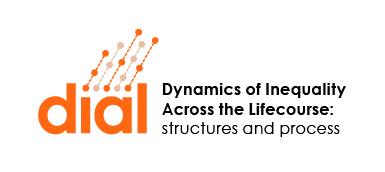This study uses large-scale survey data from Europe and the United States to ask what factors have affected decisions made by married couples about whether to work, and for how many hours. It finds income tax can influence women to work more hours. The researchers analysed data from the European Labour Force Survey and the US Current Population Survey to look at couples and work, and asked what effect taxes, gender and level of education had on their decisions.
The data shows an increase in women’s average working hours since the 1980s, though this varied between countries. Over the same period married men’s hours remained stable or fell slightly. The major factor driving the growth in the number of hours worked by women was income taxes, though decisions made by women whether and how much to work were also influenced by their husbands’ hours. Increases in levels of education did not appear to drive the changes, and in some cases appeared to have had a negative effect.
This research cannot fully explain the increase in married women’s employment rates during the 1980s and early 1990s in Europe, although it does appear to do so in the US and the UK. In Continental Europe it would seem that other factors, not considered by this research, were behind the change.
